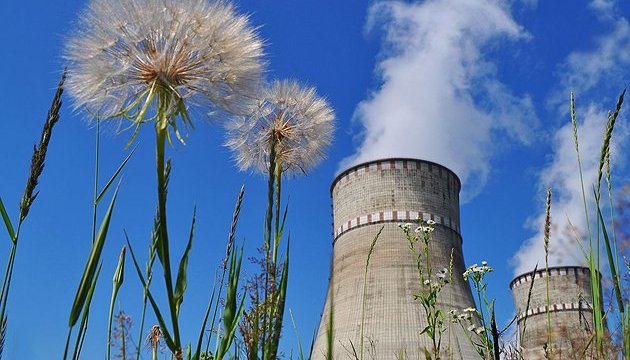УДК 504.064.4:622.34 • Issue 3 (31) / 2020 • 33-40 pages
Pigulevskiy P., Podrezenko I., Anisimova L., Tyapkin O.
Pigulevskiy P., Doctor of Geology, Institute of Geophysics, NAS of Ukraine, Pigylevskiy@nas.gov.ua.
Podrezenko I., PhD (Geol-min.), Institute of Problems of Nature Management and Ecology, NAS of Ukraine.
Anisimova L., PhD (Biol), Institute of Environmental Management and Ecology of NAS of Ukraine
Tyapkin O., D.Sc. (Geol.), NTU “Dniprovsk Polytechnic”
Abstract
In conditions of a significant reduction in the amount of wastewater, associated with a drop in industrial production in Ukraine in recent decades, the mineralization of surface waters of Dnipro river and other rivers of its basin decreased. This generally contributes to their recovery. At the same time, mining (including iron ore enterprises) continues to be one of the largest environmental pollutants. There are Ga, Ge, Be, ,n, V, Mn, Ca, Cu, Te, Cr, Si, Pb, Mq, Ba, Zn, Zr, Au and other chemical elements in the rocks of iron ore deposits. Mining enterprises often border agricultural land, where chemical elements of varying degrees of danger fall into the soil as a result of fertilizing and treating plants with pesticides. Almost complete saturation with specific soil elements leads to the fact that a new portion of these elements obtained with fertilizers can freely migrate to underground aquifers (mainly to the first non-pressure aquifer) and, as a result of surface flushing from the catchment area, ultimately, fall into surface watercourses and pollute them. On the example of Krivbas it is shown that due to the combined action of factors of industrial (and, first of all, mining) and agricultural activity in the region, new stable natural and technogenic geosystems have long been formed, in which surface and underground waters and aeration zone are the most vulnerable elements. In modern conditions of reducing the negative impact of industrial (including mining) production, the question of studying the environmental impact of the activity of the agro-industrial complex and determining its share in the total technogenic load of the south of Krivbas is becoming increasingly relevant. The main pollutants of soil and groundwater (and hereinafter – surface water and bottom sediments) in this region, together with mining waste, include fertilizers and pesticides that are excessively introduced into the soil. The issue of pollution of farmland bordering mining facilities requires a detailed comprehensive study, including development of a method for distinguishing between the influence (contribution) of mining and agricultural complexes in the pollution of a specific territory.
Key words: mining, rocks, soils, environmental pollutants, surface and groundwater, agriculture, chemical fertilizers.
Article
Reference
- Tyapkin O.K, Podrezenko I.M, Ostapenko N.S (2017), Topical Issues and Innovations: Proceedings of the International Scientific and Practical Conference, Ivano-Frankivsk, 51-52 pp.
- Pigulevsky P.I, Podrezenko I.N, Tyapkin O.K (2019), Environmental Sciences, Kyiv, 5 (24), Vol. 1, 76-81 pp.
- Podrezenko. I.M, Ostapenko N.S, Kryuchkova S.V., Kirichenko V.A (2017), Kiev, State Commission of Ukraine for Minerals Reserves, Vol.2. 226-232 pp.
- Nikanorov A.M (1989), Hydrochemistry, L. Hydrometeo-ed., P. 351.
- Romanenko V.D (2004), Fundamentals of Hydroecology, Kiev, Genesis, P. 664.
- International Register of Potentially Toxic Chemicals (1992), Geneva, UNEP, 32 p.
- Gubina V.G (2010) Iron-containing wastes of Ukraine: status and prospects of use, Kyiv, Logos, 127 p.
- Bagri I.D, Gozhik P.F, Samotkal E.V (2005), Kyiv, Phoenix, 216 p.
